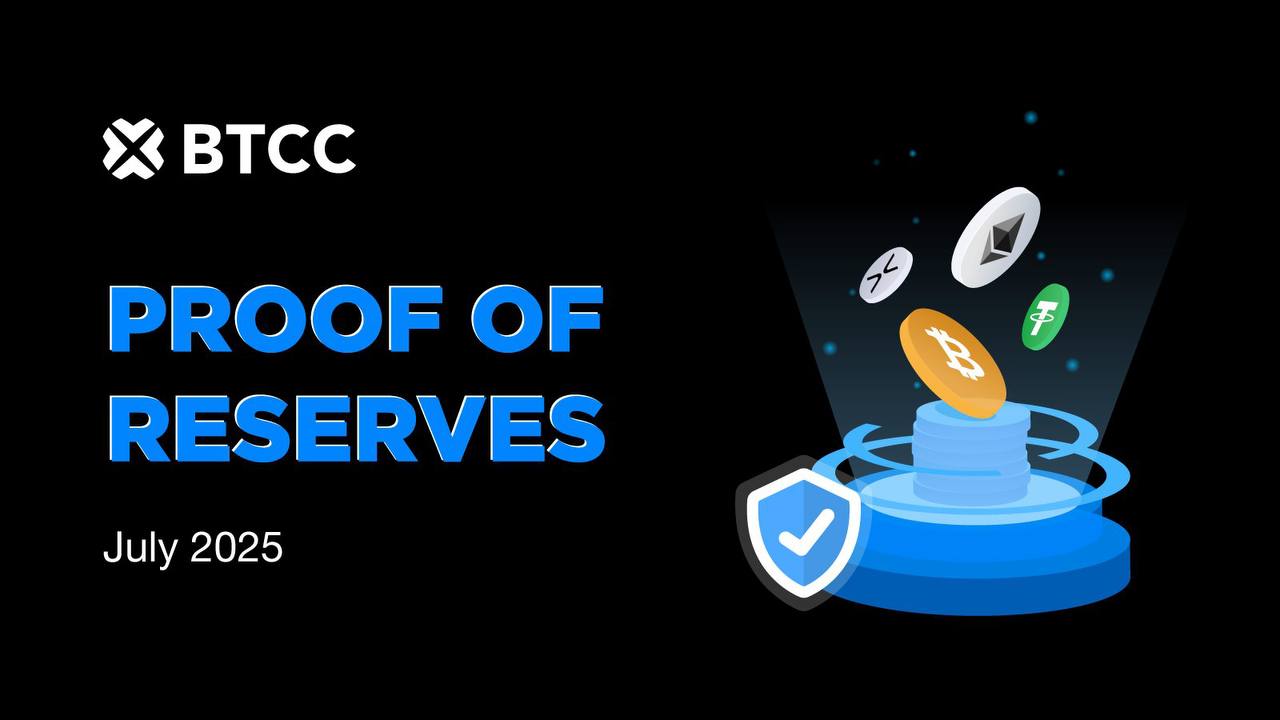
Introduction
Ethereum, the second-largest cryptocurrency by market capitalisation, has taken the financial world by storm, reshaping the landscape of decentralized finance (DeFi), non-fungible tokens (NFTs), and smart contracts. As blockchain technology continues to advance, Ethereum’s significance becomes ever more prominent, particularly in offering a platform that enables developers to build and deploy decentralized applications (dApps). Understanding its evolving role is crucial for investors, tech enthusiasts, and regular users alike.
Ethereum’s Growth and Developments
Since its launch in 2015 by Vitalik Buterin and a team of developers, Ethereum has undergone several significant changes. The latest update, Ethereum 2.0, promises to enhance scalability, security, and sustainability by transitioning from a proof-of-work (PoW) to a proof-of-stake (PoS) consensus mechanism. This transition, which is expected to be fully realised by 2023, aims to decrease Ethereum’s energy consumption by over 99%, addressing concerns around the environmental impact of cryptocurrency mining.
As of mid-2023, Ethereum has remained a cornerstone of the DeFi ecosystem, with numerous projects and platforms relying on its robust architecture. Decentralised exchanges (DEXs) like Uniswap and liquidity protocols such as Aave have sparked a surge in innovation, allowing users to trade, lend, and earn with minimal intermediaries. Additionally, the NFT market has flourished on the Ethereum blockchain, enabling artists and creators to monetise their digital assets.
Challenges Ahead
Despite its growth, Ethereum is not without challenges. High gas fees, or transaction costs, have been a significant barrier for users. During periods of high demand, these fees can skyrocket, making transactions unaffordable for many. The Ethereum community is actively working on Layer 2 solutions like Optimistic Rollups and zk-Rollups, which aim to alleviate congestion on the mainnet and reduce transaction costs.
Conclusion
As Ethereum continues its evolution, it stands at a pivotal moment in the digital finance landscape. With the anticipated release of Ethereum 2.0, the platform is set to enhance its usability and efficiency, making it more accessible for users worldwide. The proliferation of DeFi and NFTs on Ethereum underscores its impact on traditional finance and digital artistry. Looking ahead, Ethereum has the potential not only to redefine how financial systems operate but also to empower individuals through decentralisation. Stakeholders and potential users should remain informed about developments within the Ethereum ecosystem, as its trajectory will likely influence the broader blockchain arena in the years to come.
You may also like

The Impact of RB on Modern Banking

Understanding Loans: Impact and Importance in Today’s Economy
